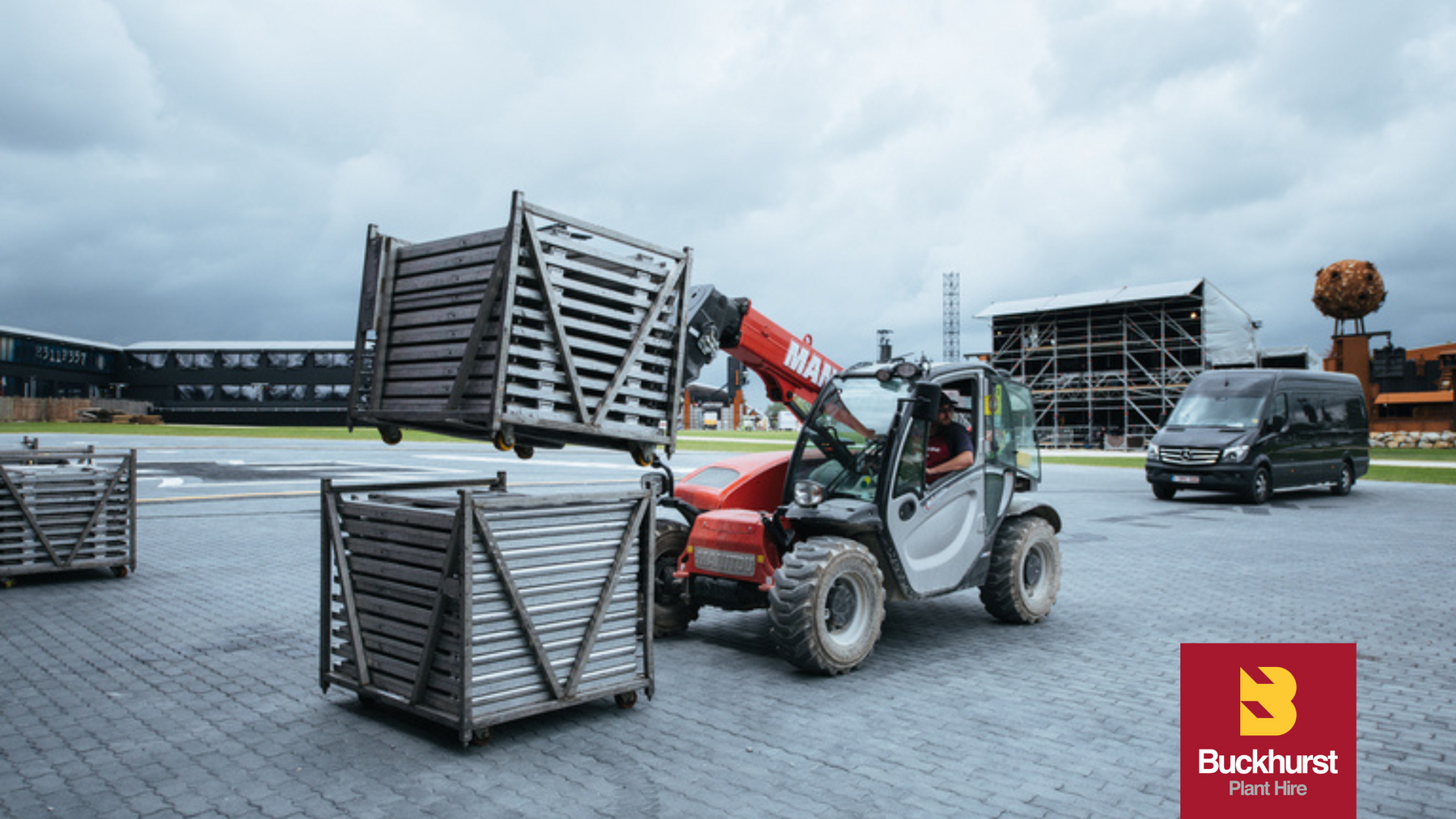01706 231 666
01706 231 666

At Buckhurst Plant Hire, we understand that choosing the right telehandler plays an important role in enhancing efficiency and productivity on your construction site. With numerous options available, it's essential to find the perfect telehandler tailored to your specific project requirements. In this guide, we delve into the realms of telehandlers, offering insights into how to make the optimal selection for your projects.
Telehandlers, also known as telescopic handlers or boom forklifts, are versatile and powerful lifting machines for various industries, including construction, agriculture, landscaping, and industrial sectors. Equipped with extendable booms, these machines facilitate the lifting and movement of heavy loads, offering mobility, versatility, and efficiency.
Telehandlers come in various types, each tailored to specific job demands:
Compact Telehandlers: Ideal for manoeuvring within confined spaces and handling smaller tasks efficiently.
Rough Terrain Telehandlers: Designed to withstand challenging environments, including uneven surfaces and rough terrains, making them essential for outdoor projects.
Heavy-load Telehandlers: Engineered to lift and transport exceptionally heavy materials, these telehandlers are crucial for challenging projects.
When hiring a telehandler, several factors are important to consider to ensure optimal performance and safety:
Load Capacity: Assess the telehandler's load capacity to ascertain its suitability for lifting the heaviest loads encountered in your project.
Working Conditions: Consider the environmental conditions in which the telehandler will operate, such as terrain type and weather conditions, to select a model equipped to handle such challenges effectively.
Load Types and Dimensions: Evaluate the nature and size of the loads the telehandler will lift or transport to ensure compatibility with your project requirements.
Telehandler Safety: Prioritise safety by ensuring operators receive adequate training and certification and conduct thorough equipment inspections before operation.
Budget: Determine a budget that aligns with your project's financial parameters while ensuring access to essential features and capabilities.
Lifting Power: Understand the telehandler's lifting capacity to ensure it aligns with the demands of your project.
Operating Height: Extend the telehandler's operating height to maximise lift capacity and minimise operator fatigue.
Boom Length: Select a telehandler with an appropriate boom length to accommodate tasks requiring extended reach.
Width and Overall Height: Consider the telehandler's width and overall height to ensure compatibility with the project site's spatial constraints.
Turning Radius: Opt for a telehandler with a suitable turning radius to facilitate manoeuvrability in confined spaces and around obstacles.